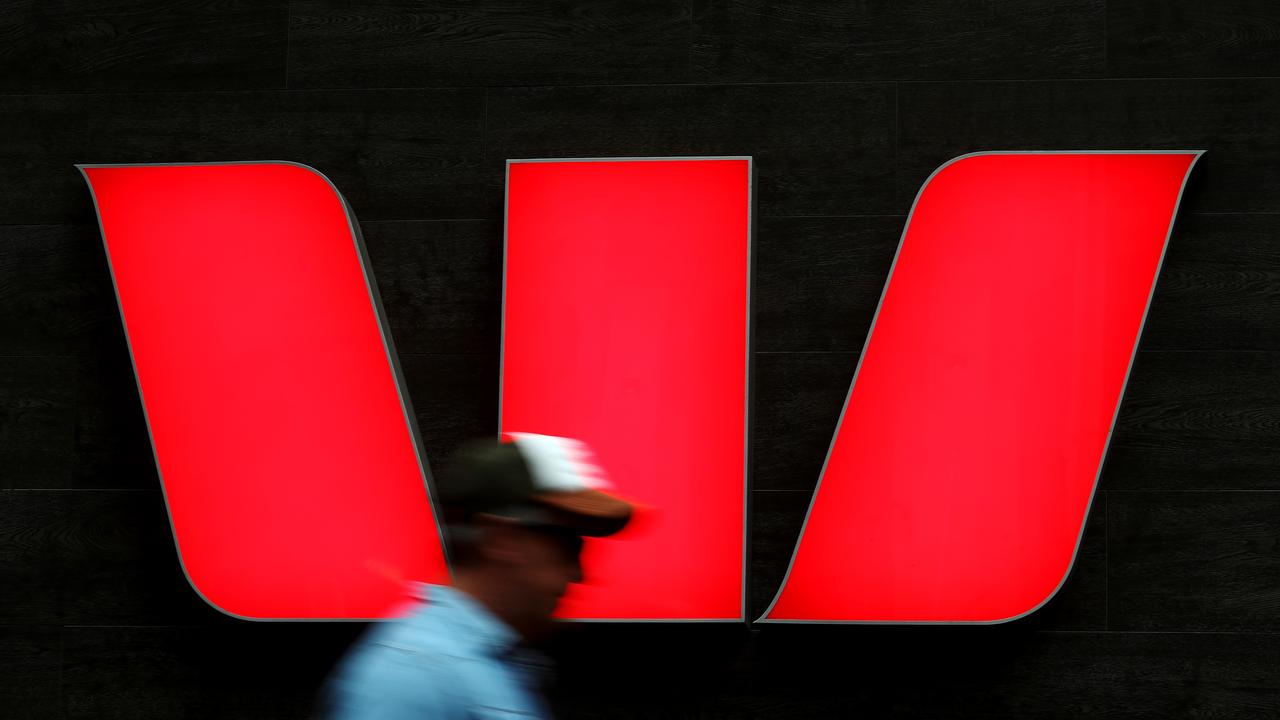Why bank provisions are truly doubtful
There is no more inexact science than trying to predict the cost of remediation and fines for the nation’s banks in the next few years.

There is no more inexact science than trying to predict the likely cost of remediation and fines for the nation’s banks over the next few years.
You could do worse than pluck a number out of the air and double it.
Take yesterday’s announcement from ANZ Bank, which flagged $374 million of charges for customer refunds and related remediation costs in the second half.
The number for the full year was $697m — about 10 per cent of group net profit.
ANZ’s disclosure follows last month’s revelation by Westpac of a $235m hit to 2018 cash profit due to litigation costs and customer issues arising from salaried advisers, opening up the likelihood of more charges in relation to aligned advisers.
National Australia Bank issued a warning in an August trading update that its full-year result would be marked down by unquantifiable customer-related provisions.
More of the same is expected from Commonwealth Bank, even though it has the dubious honour of clear leadership in governance disasters, both in timing and quantity.
The market clearly has no idea what’s coming down the pipe.
Back in August, NAB said there were significant uncertainties in determining a provisioning outcome.
That’s why analysts like Macquarie’s Victor German are incorporating a 5-10 per cent discount to historical bank valuations to allow for a downside risk to earnings.
The overriding assumption is that the provisions, which are being taken in bite-sized chunks in the hundreds of millions of dollars as opposed to anxiety-producing billions of dollars, will only make a modest demand on capital levels.
For ANZ, remediation was the biggest single charge at $294m, followed by accelerated software amortisation ($206m), restructuring ($159m) and royal commission legal costs ($38m).
Of the restructuring charge, $104m was incurred in the second half as a result of chief executive Shayne Elliott’s much-trumpeted plan to shift the entire bank to agile ways of working.
Australia and the technology division are now done, with the latter moving over last week, but a significant part of the business is still to come, including the operations, New Zealand and the institutional division.
In a normal year, ANZ will book restructuring costs of about $60m. Over the last two half-year periods, staff numbers have fallen by 4 per cent and 5 per cent, with the average number of full-time equivalent employees closing the March half-year at 44,029.
There will be more large restructuring costs as the workforce further downsizes.
The $374m charge in the second half, which was a 66:34 per cent split between continuing and discontinued operations, covered two main areas of remediation — product reviews in the Australia division, and inappropriate advice or fees-for-no-service in ANZ’s ex-aligned dealer groups.
The former category included offset accounts that weren’t working, overcharging on credit card fees, noncompliance with the bank’s own terms and conditions, and associated investigation costs, among other things.
It’s a damning rap sheet, amounting to the biggest single compensation issue to emerge from the royal commission.
In substance, though, it’s no different to ANZ’s peers.
UBS analyst Jon Mott said in a note that the evidence, both in Australia and offshore, was that compensation costs were difficult to estimate, and had a habit of escalating over time.
“Further, we believe the Australian banks potentially face substantial risk from responsible lending and mortgage misselling, with risks rising the further that the housing market deteriorates,” Mott said.
ANZ led the sector down yesterday, shedding 2.6 per cent.
However, at this stage, the bank’s exposure to the consequences of its poor conduct is overshadowed by the importance of its transformation strategy and the prospect of a capital return.
About $6 billion of share buybacks are expected over the foreseeable future, with the bank’s common equity tier one ratio likely to have been about 11.3 per cent at last month’s close of the financial year. The risk for investors is that ANZ’s ongoing reviews could impact the size of the buybacks.
Word on the street
Any day is a good day for a productive discussion with Commonwealth Bank about its culture.
Just ask APRA, which spent the best part of eight months doing precisely that before releasing the findings of its prudential inquiry last May.
As luck would have it, the word on the street is that Canberra’s new banking inquisitor Tim Wilson will have the benefit of the first independent assessment of progress on CBA’s cultural overhaul before applying the blowtorch to chief executive Matt Comyn on Thursday.
Sometime before then, CBA will release independent expert Promontory Financial Group’s quarterly update on the bank’s progress against the 35 recommendations made by APRA in its review.
Comyn said last June that he expected to deliver the plan over the ensuing 12 months, so don’t expect Promontory to announce this week that the job is done and dusted. The content of the first update is likely to be limited to processes and procedures put in place to do the grunt work.
Wilson won’t need any excuse to remind Comyn of CBA’s string of governance failures, but the first Promontory report will provide a useful context for what is expected to be a bruising encounter.
gluyasr@theaustralian.com.au
Twitter: @Gluyasr



To join the conversation, please log in. Don't have an account? Register
Join the conversation, you are commenting as Logout